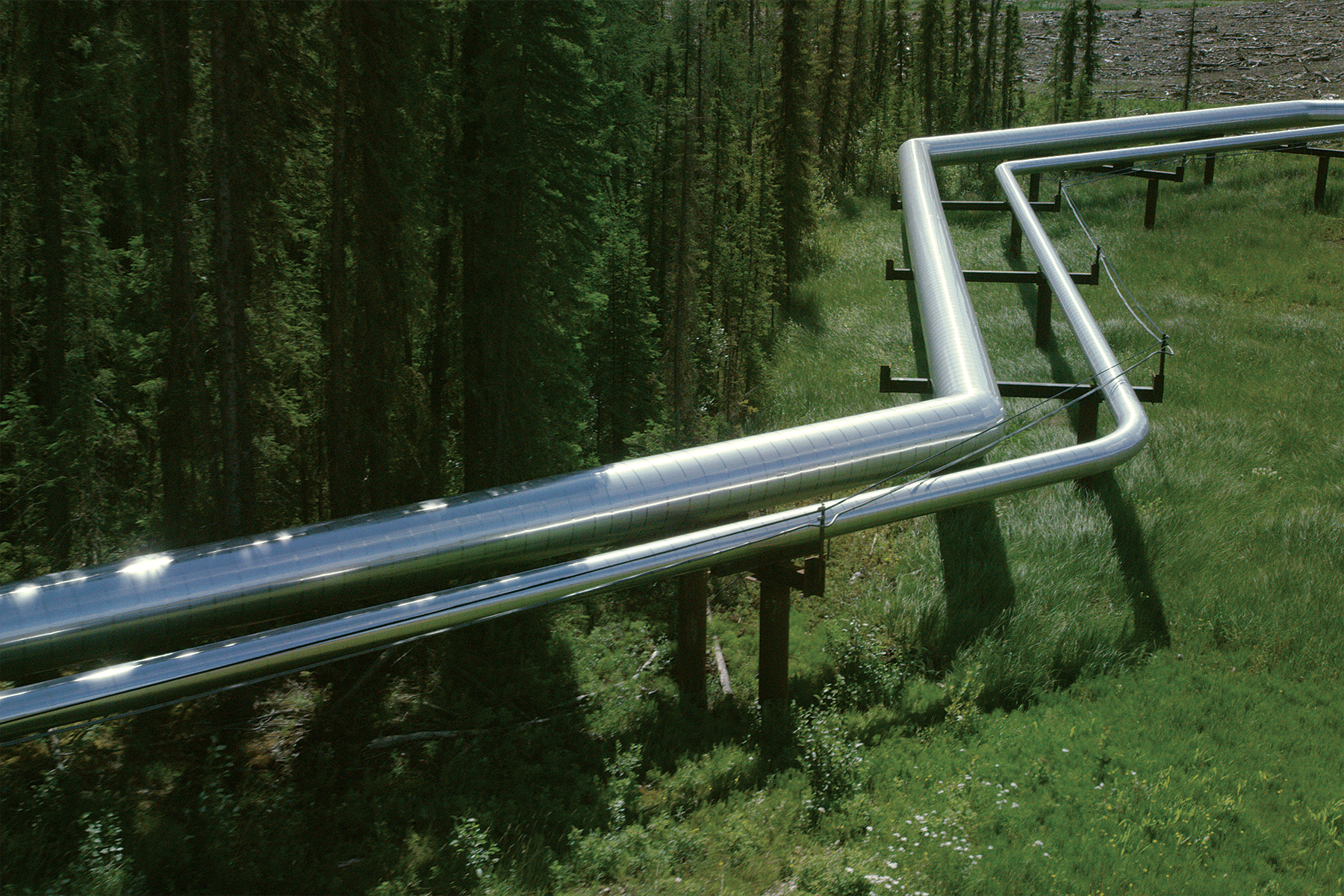
Fresh water use intensity across the oil and gas sector has decreased by 14 per cent since 2017, says a new report by the Alberta Energy Regulator (AER).
Of the water used for energy development in Alberta, 82 per cent is recycled.
Driving the numbers is oil sands mining, which uses over 82 per cent of the industry’s fresh water. In 2021, mining companies used less fresh water, and produced more fresh water, than in the previous five years.
Oil sands mining in northeastern Alberta uses heavy equipment to remove oil sands from near-surface deposits and transports the material to facilities that separate bitumen from sand – which requires water.
The lower Athabasca River is the primary source of non-recycled water for oil sands mining, says the AER. Despite the industry’s dependence on the waterway, companies withdraw much less than the weekly limits set by Alberta Environment and Parks.
“They’ve got many new treatment methods that use less river water and more recycled water,” says John Brogly, director of water and tailings with Canada’s Oil Sands Innovation Alliance. “Each operator uses a slightly different process.”
In situ oil sands projects – which use drilled oil wells instead of mining – use water in the form of steam and require a decreasing amount of water per barrel of oil after the first few years of their life cycle, says the AER. As the wells mature, they require less water per barrel of oil as the amount of water produced at surface (most of which is recycled) is about the same as the amount of steam injected.
The projects use either steam assisted gravity drainage (SAGD) or cyclic steam stimulation (CSS) technology to recover oil by injecting steam into geological formations to heat bitumen and reduce its viscosity so it can flow to surface.
The five-year average fresh water use intensity for in situ projects was 0.19 barrels of non-saline water per barrel of oil, which is a 25 per cent decrease from 2017, says the AER. The reduction is due to high rates of produced water recycling and alternative water source use.
“The in situ sector uses almost exclusively water from subsurface aquifers,” says Brogly.
Only 13 per cent of fresh water allocated to all industries in Alberta was designated for oil and gas extraction, and the industry used only 19 per cent of its allocation, says the AER.
“It’s our job to ensure that Alberta’s energy industry uses water resources responsibly and identify where there is room for improvement,” says the AER.
The unaltered reproduction of this content is free of charge with attribution to Canadian Energy Centre Ltd.